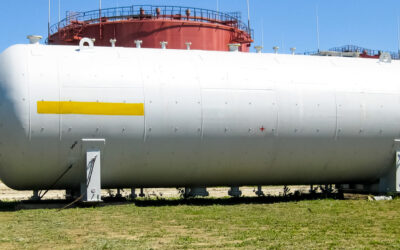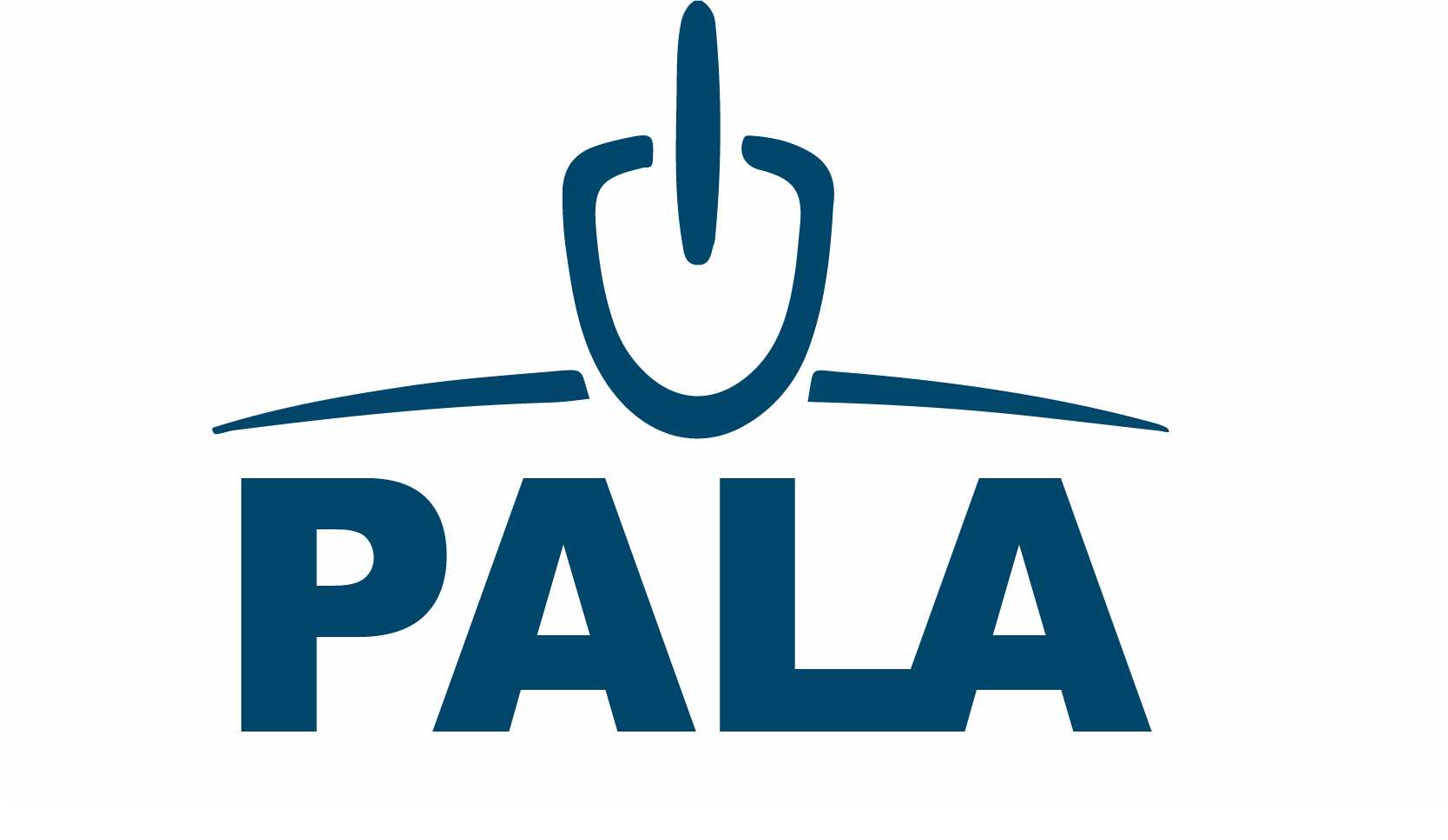If you’re planning a large construction project, you need to find a foundational solution that will keep your structure standing strong for years to come. In the past, traditional concrete foundations have been the go-to method. But in recent years, that’s begun to change.
Helical pile foundations are a relatively new player in the foundation game, and they’re giving concrete foundations a run for their money. Let’s take a look at the difference between these two types of foundations and determine which one may be best for your next project.
Helical Foundation vs. Concrete Foundation: Which Is Better?
We may be biased, but the truth is that helical foundations outperform traditional concrete foundations in many ways. We’ll explore a few of the reasons why helical foundations are so great, and why concrete foundations fall short, below.
What Are Helical Pile Foundations, and What Are Their Benefits?
Helical piles are segments that make up a larger foundational system. They have helical bearing plates that are welded to a central shaft, which is then screwed into the ground to provide structural support.
The first section of a helical pile foundation system, known as the lead section, contains the helical plates and can consist of 1-4 helicals. If required, helical extensions can be added to support heavyweight structures. Plain extensions can also be added until the lead section penetrates the bearing strata and the necessary torque is achieved.
Helical pile foundations offer the following advantages for construction projects across the world:
- Quick and simple installation, with no soil removal required
- All-weather, remote-location, and limited-access installation
- Unmatched durability and longevity
- Instant load-bearing capacity
- Removable and reusable properties for low environmental impact
While all of these benefits make helical piles great for construction projects of all shapes and sizes, they’re especially useful in circumstances that require specialized solutions, such as industrial, oil and gas, transmission and distribution, and commercial applications.
One of the only downsides to installing a helical pile foundation is that you need specialized equipment and a specialized team who knows how to operate it correctly. But that phone call is an easy one to make, and if your end goal is to achieve the highest quality solution, it’s well worth it.
The Problems With Concrete Foundations
Concrete foundations can provide a sufficient solution for various structures, but they’re just not quite as versatile, long-lasting, or well-performing as their helical counterparts. Here’s why:
- Excessive excavating and soil removal is required prior to installation.
- Installations are labor-intensive, and therefore costly.
- Concrete can’t be poured in poor weather conditions.
- Concrete must cure before bearing the weight of any loads.
- Concrete is prone to cracking and settling, which can threaten your structure’s integrity.
- Concrete cannot easily be removed or reused, and therefore is not a sustainable option.
Maximize the Benefits of Helical Foundations with Elite Helical
As you approach your next construction project, think about what you could do to streamline processes, save on installation costs, and build the most supported, long-lasting structure possible. While a concrete foundation can do the job, a helical pile foundation can do it better — no matter the scope of your project.
At Elite Helical, it’s our commitment to offer you a faster, safer, stronger foundational solution. With over 50 combined years of industry experience, our team is here to help you enjoy the benefits of helical piling to their maximum degrees. For more information on how we can be a part of your next project, contact us.






